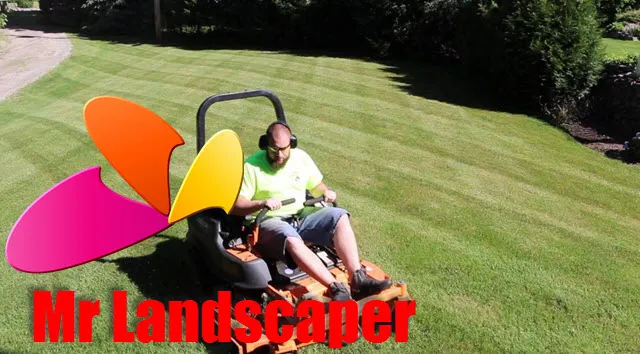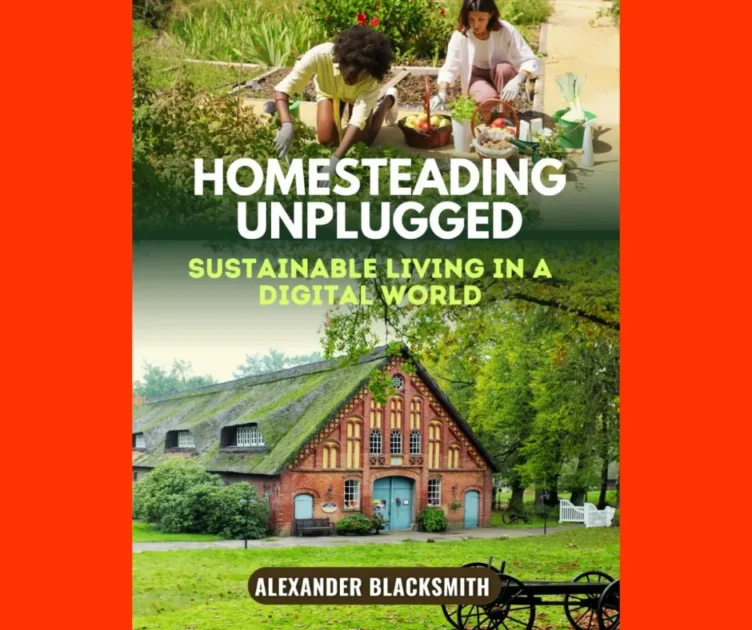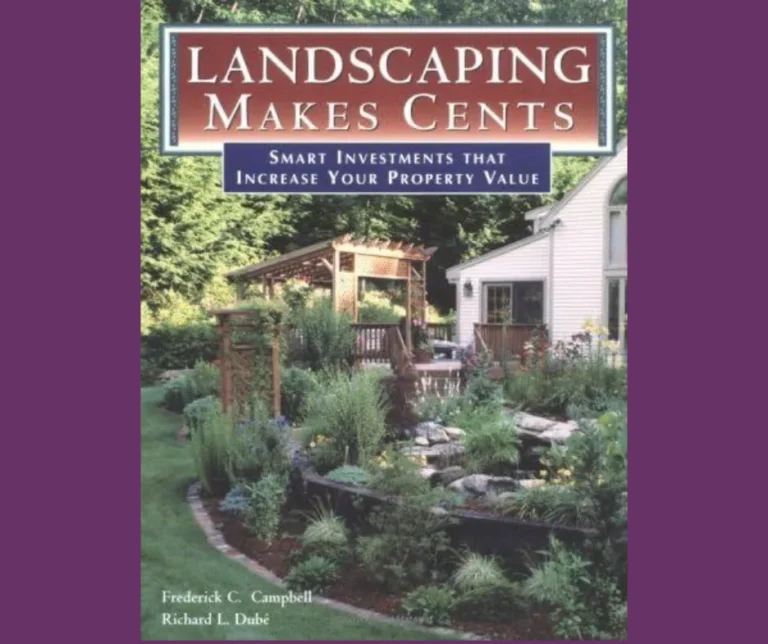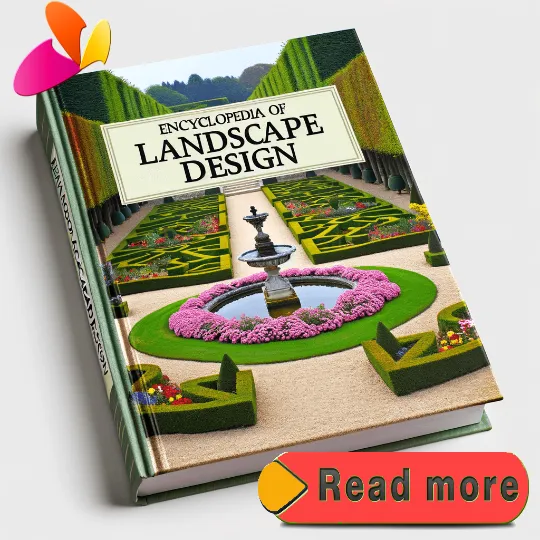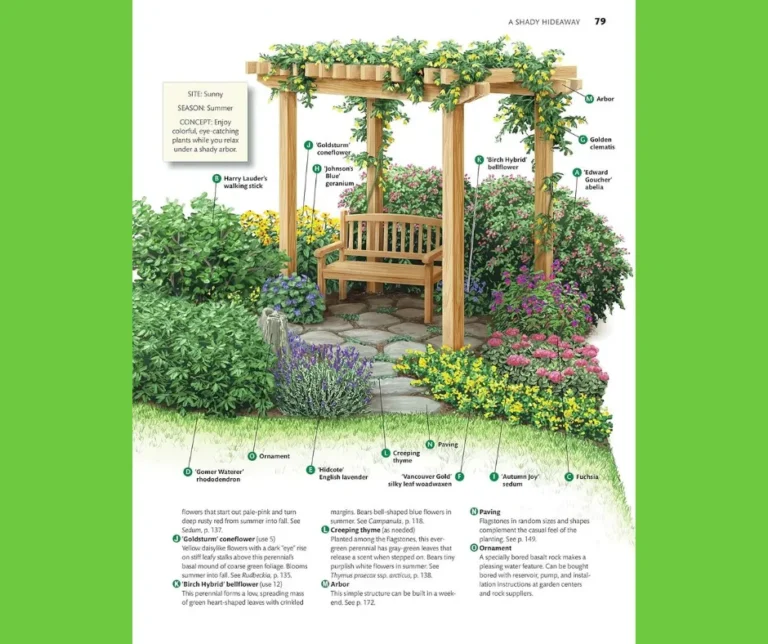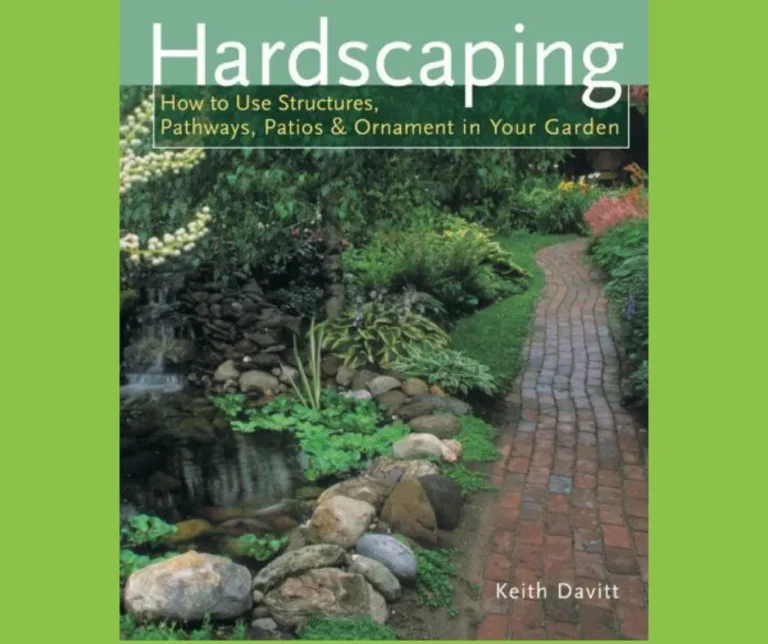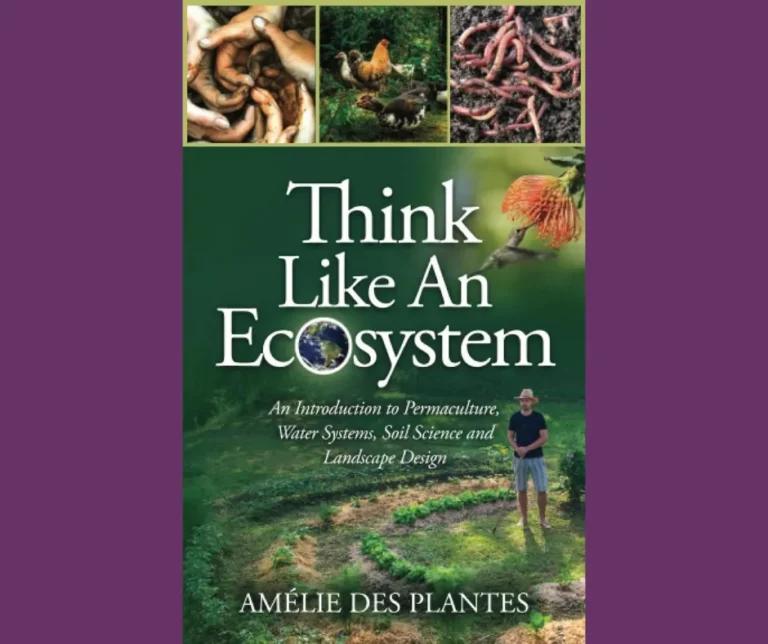Sustainable Landscaping Made Easy
If you’re looking to create a beautiful outdoor space while also reducing your environmental impact, then sustainable landscaping is the way to go.
Making environmentally-friendly choices in your landscaping not only benefits the planet, but it can also save you time, money, and energy in the long run.
From choosing native plants to implementing water-saving techniques, there are many simple and effective ways to create an eco-friendly outdoor space.
In this article, you will learn Sustainable Landscaping Made Easy with expert tips and strategies for creating a sustainable landscape that is both visually appealing and environmentally responsible.
By implementing these practices, you can transform your outdoor space into a sustainable oasis that not only enhances the beauty of your property, but also contributes to a healthier and more sustainable future.
So, whether you’re a seasoned gardener or a novice green thumb, read on to discover how you can easily incorporate sustainability into your landscaping and create an eco-friendly outdoor space that you can be proud of.
Table of Contents Sustainable Landscaping Made Easy
Choose native plants for biodiversity
When it comes to creating an eco-friendly outdoor space, one of the most effective ways to promote biodiversity is by choosing native plants.
Native plants are species that naturally occur in a specific region and have adapted to the local climate, soil, and wildlife.
By incorporating native plants into your landscape design, you are providing a habitat for local birds, butterflies, and other beneficial insects.
These plants also require less water and maintenance, reducing the need for pesticides and fertilizers.
Additionally, native plants have deep roots that help prevent soil erosion and improve water infiltration, contributing to a healthier and more sustainable environment.
So, whether you are planning a garden, a backyard, or even a rooftop oasis, remember to prioritize native plants for a thriving and biodiverse outdoor space.
Choosing native plants for biodiversity is a game-changing approach to sustainable landscaping that benefits both your garden and the environment.
Native plants are uniquely adapted to your local climate, soil, and ecosystem, requiring less water, fertilizers, and pesticides.
This not only reduces maintenance efforts but also diminishes harmful chemical runoff into local waterways.
Imagine transforming your yard into a self-sustaining oasis that supports local wildlife, including birds, butterflies, and beneficial insects.
Beyond practicality, incorporating native plants fosters resilience against environmental challenges like droughts or invasive species.
These localized flora are well-equipped to withstand regional stresses which non-native varieties often can’t handle.
By promoting biodiversity through thoughtful plant choices, you’re creating a vibrant micro-ecosystem in your backyard—one that thrives symbiotically with its surroundings while contributing positively to global environmental health.
Utilize rain barrels for irrigation
Another effective way to make your outdoor space more sustainable is by utilizing rain barrels for irrigation.
Rain barrels are large containers that collect rainwater from your roof, allowing you to use it for watering your plants and gardens.
This practice not only reduces your reliance on municipal water sources but also helps to conserve water, especially during dry seasons or in areas with water restrictions.
By capturing and storing rainwater, you can ensure that your plants receive a regular supply of water without wasting precious resources.
Additionally, rainwater is often free from the chemicals and additives found in tap water, making it a healthier option for your plants.
Installing rain barrels is a simple and cost-effective solution that can significantly contribute to a more eco-friendly and sustainable outdoor space.
Remember to position the rain barrels strategically to maximize water collection and consider using a filtration system to remove debris and sediment before using the water for irrigation.
Invest in energy-efficient outdoor lighting
When it comes to creating an eco-friendly outdoor space, investing in energy-efficient outdoor lighting is a smart choice.
By using LED lights or solar-powered fixtures, you can significantly reduce your energy consumption and carbon footprint.
LED lights are known for their longevity and energy efficiency, using up to 80% less energy compared to traditional incandescent bulbs.
Solar-powered lighting, on the other hand, harnesses the power of the sun to provide illumination without relying on electricity.
By opting for energy-efficient outdoor lighting, you not only save on your energy bills but also contribute to a more sustainable and environmentally friendly outdoor space.
Illuminate your pathways, garden, and patio while minimizing your impact on the planet.
Practice proper composting techniques
One crucial aspect of maintaining an eco-friendly outdoor space is practicing proper composting techniques.
Composting is an effective way to reduce waste and nourish your garden while minimizing the need for chemical fertilizers.
Start by designating a composting area in your outdoor space where you can collect organic materials such as fruit and vegetable scraps, yard waste, and coffee grounds.
Remember to avoid adding meat, dairy products, or oily food waste to prevent attracting pests.
Layer your organic materials with dry leaves or shredded newspaper to maintain a proper balance of carbon and nitrogen.
Regularly turn the compost pile to ensure proper aeration and decomposition.
With time, you will have nutrient-rich compost that can be used to enrich your soil and promote healthy plant growth.
By implementing proper composting techniques, you can contribute to a more sustainable and thriving outdoor space in line with the principles of Sustainable Landscaping Made Easy: Expert Tips for an Eco-Friendly Outdoor Space.
Opt for natural pest control methods
To further enhance the eco-friendliness of your outdoor space, it is recommended to opt for natural pest control methods.
By avoiding the use of chemical pesticides, you can minimize the negative impact on the environment and the health of your plants.
One effective method is companion planting, where you strategically plant certain species together to naturally repel pests.
For example, marigolds are known to deter aphids, while basil can help keep mosquitoes at bay.
Additionally, introducing beneficial insects such as ladybugs and praying mantises can help control pest populations in a natural and sustainable way.
Regularly inspecting your plants for signs of pests and promptly removing any affected leaves or branches can also prevent infestations from spreading.
By consciously choosing natural pest control methods, you can create a healthier and more harmonious outdoor space, in line with the principles of Sustainable Landscaping Made Easy: Expert Tips for an Eco-Friendly Outdoor Space.
In conclusion, creating a sustainable landscape may seem like a daunting task, but with the right tips and guidance, it can be easily achievable.
By incorporating native plants, reducing water usage, and using natural materials, you can have an eco-friendly outdoor space that not only benefits the environment but also adds beauty and value to your home.
Remember to always consider the long-term impact of your landscaping choices and make conscious decisions to promote a healthier planet for future generations.
With these expert tips, you can transform your outdoor space into a sustainable oasis.
FAQ
What are some easy ways to incorporate sustainable landscaping practices into my outdoor space?
Incorporating sustainable landscaping practices into your outdoor space can be easy.
Start by planting native plants that require less water and maintenance.
Use compost and mulch to enrich soil and reduce water usage.
Install a rain barrel to collect rainwater for irrigation.
Choose permeable hardscapes to reduce runoff and erosion.
Implement a drip irrigation system to water plants efficiently.
Lastly, minimize the use of chemical pesticides and opt for natural pest control methods.
By making these simple changes, you can create a more environmentally-friendly and sustainable outdoor space.
How can I reduce water usage in my landscaping while still maintaining a lush and healthy garden?
You can reduce water usage in your landscaping by incorporating drought-resistant plants, installing a drip irrigation system, mulching your garden beds, and adjusting your watering schedule to early mornings or late evenings.
Consider collecting rainwater for irrigation and grouping plants with similar water needs together.
Regularly check for leaks and maintain your irrigation system to ensure efficiency.
By implementing these water-saving practices, you can maintain a lush and healthy garden while conserving water resources.
What are some native plants that are well-suited for sustainable landscaping in my region?
In your region, consider planting native species like purple coneflower, black-eyed susan, and switchgrass for sustainable landscaping.
These plants are well-adapted to the local climate and soil conditions, requiring less water and maintenance.
By incorporating native plants into your landscaping, you can support local wildlife, conserve water, and reduce the need for chemical fertilizers and pesticides.
Embracing native species is a great way to create a beautiful and eco-friendly outdoor space that thrives with minimal intervention.
How can composting help improve the health and sustainability of my outdoor space?
Composting can help improve the health and sustainability of your outdoor space by enriching the soil with essential nutrients, promoting healthy plant growth, and reducing the need for chemical fertilizers.
It also helps to retain moisture in the soil, reduce erosion, and decrease greenhouse gas emissions.
By recycling organic waste through composting, you can create a closed-loop system that benefits both your garden and the environment.
Start composting today to enhance the vitality and longevity of your outdoor space.
What are some eco-friendly alternatives to traditional landscaping materials and practices that I can incorporate into my yard?
You can consider using native plants that require less water and chemicals, using mulch made from recycled materials, incorporating rain barrels for water conservation, and avoiding chemical pesticides and fertilizers by opting for organic alternatives.
These eco-friendly practices can help reduce your environmental impact and create a more sustainable yard for you to enjoy.
